Home>Furniture>Office Furniture>How To Make Bookshelves Look Less Cluttered
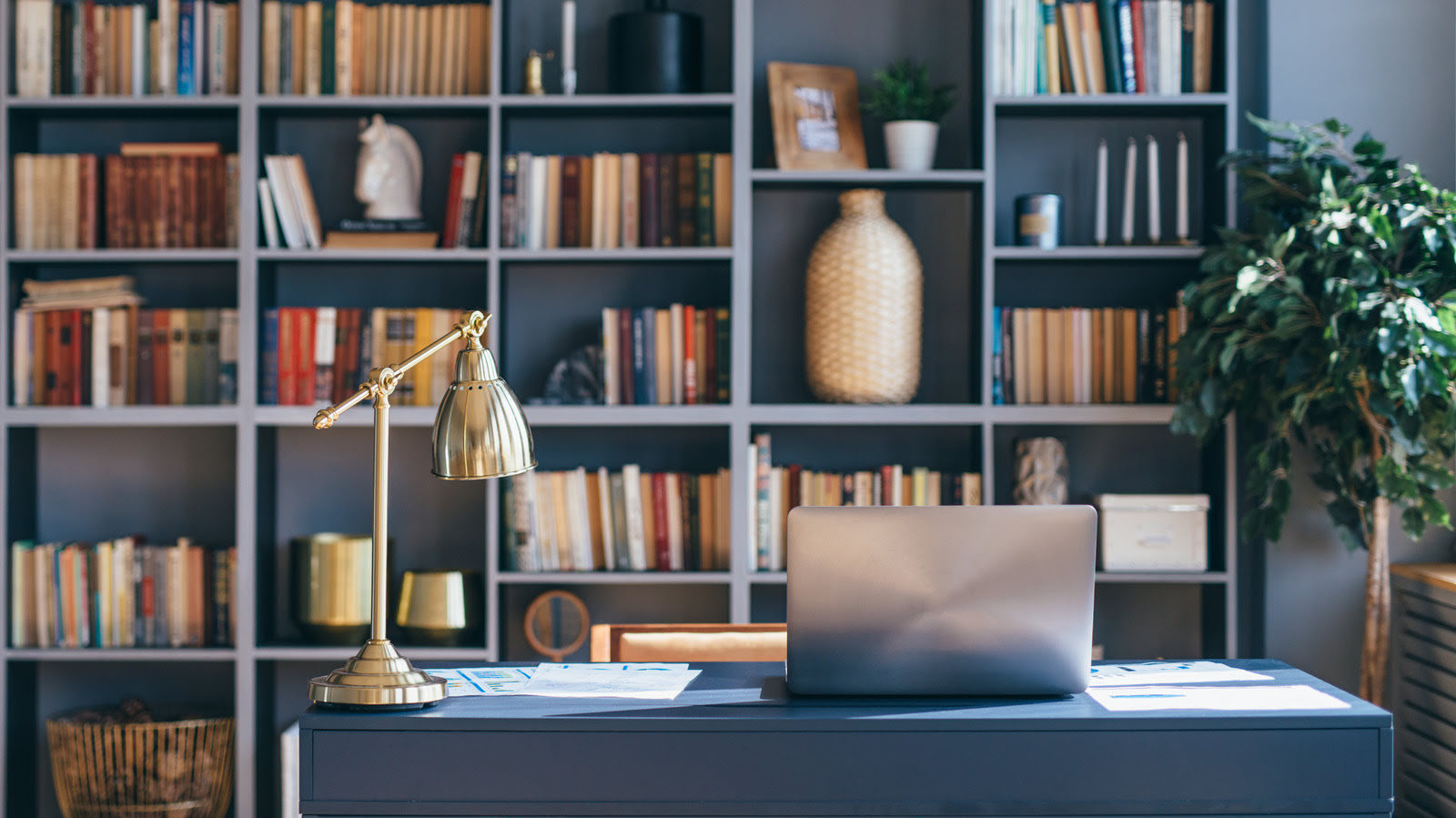

Office Furniture
How To Make Bookshelves Look Less Cluttered
Modified: January 19, 2024
Learn how to declutter your bookshelves and create an organized workspace with our office furniture solutions. Transform your office with stylish and functional bookshelves.
(Many of the links in this article redirect to a specific reviewed product. Your purchase of these products through affiliate links helps to generate commission for Storables.com, at no extra cost. Learn more)
Introduction
Having a cluttered bookshelf can be not only unsightly but also overwhelming. It can make it difficult to find the book you’re looking for and can even discourage you from picking up a book to read altogether. However, with some strategic decluttering and organization techniques, you can transform your bookshelves into a visually appealing and functional focal point in your home or office.
In this article, we will explore ten effective strategies to make your bookshelves look less cluttered. By implementing these techniques, you can create a sense of order and balance, while still showcasing your favorite books and decorative items in an aesthetically pleasing way.
So, let’s dive into the wonderful world of bookshelf organization and discover how you can optimize your space to achieve a clean and inviting look.
Key Takeaways:
- Decluttering and organizing your bookshelf is essential for creating a visually appealing and functional focal point in your home or office. Implementing strategies such as arranging books by size or color, utilizing storage baskets, and incorporating floating shelves can transform a cluttered bookshelf into a stylish and organized display.
- By removing unnecessary items, arranging books strategically, and incorporating decorative elements, you can create a clutter-free bookshelf that reflects your unique personality and enhances the overall ambiance of your space. Embrace the beauty of categorization and find the right balance between organization and personal style to transform your bookshelf into a statement piece.
Read more: How To Make IKEA Bookshelves Look Built In
Decluttering Strategies
Before we delve into the specific techniques, it’s important to start the decluttering process by removing unnecessary items from your bookshelves. This will instantly create a more organized and streamlined appearance. Begin by taking all the books and objects off the shelves and assess each item individually. Ask yourself if it holds sentimental value or if it is still relevant to your current interests. If not, consider donating or storing them elsewhere.
Once you have decided which items to keep, it’s time to arrange them in a visually pleasing and functional manner. Here are ten effective strategies to help you achieve a clutter-free bookshelf:
- Arrange Books by Size or Color: Sorting your books either by size or color can create a visually pleasing and organized look. Choose the method that best suits your preference and aesthetic. For a minimalist look, arrange books by color, creating an ombre effect.
- Implement Minimalist Stacking: Avoid overcrowding your bookshelf by practicing minimalist stacking. Place a few books vertically and intersperse them with horizontally stacked books for a balanced and visually appealing arrangement.
- Utilize Bookends or Decorative Objects: Adding bookends or decorative objects on either end of a shelf can create a neat and polished look. Choose bookends that complement your overall aesthetic or use small figurines or plants to add personality to your bookshelf.
- Use Storage Baskets or Boxes: If you have smaller items or loose papers that you need to keep on your bookshelf, consider using storage baskets or boxes. This will help keep clutter out of sight while still maintaining a tidy appearance.
- Display Books Facing Outwards: For a visually interesting and accessible display, consider placing a few books facing outwards. This technique adds texture and breaks up the monotony of a row of spines.
- Incorporate Vertical Dividers: If you have taller books or want to create distinct sections on your bookshelf, consider using vertical dividers. These dividers can be as simple as a stack of books turned vertically or specialized shelf dividers.
- Group Books by Genre or Topic: Organize your books into groups based on genre, topic, or author. This will make it easier to find specific books and give your bookshelf a cohesive and organized look.
- Optimize Shelving Heights: Adjust the height of the shelves to accommodate different sizes of books. This will help prevent wasted space and create a neat and uniform appearance.
- Employ Floating Shelves: If you have limited space or want to create a modern and clean look, consider using floating shelves. These shelves can be placed at different heights and angles to add dimension and interest to your bookshelf.
Remove Unnecessary Items
The first step in decluttering your bookshelf is to remove any unnecessary items that may be taking up space. Take a close look at each book and decorative object on your shelves and ask yourself if it still holds value or if it contributes to the overall aesthetic you are trying to achieve.
If you come across books that you have already read and don’t plan on revisiting or ones that no longer align with your interests, consider donating or giving them away to friends or local libraries. This will not only free up space on your bookshelf but also ensure that the books are enjoyed by others.
Similarly, assess the decorative objects on your bookshelf. Do they enhance the overall look or do they simply add to the clutter? Remove any objects that don’t serve a purpose or bring you joy. Remember, a clutter-free bookshelf will make the remaining items stand out and create a visually appealing display.
By removing unnecessary items, you will create more breathing space on your bookshelf, allowing the remaining books and objects to shine. This will also make it easier to clean and maintain your bookshelf in the future.
As you clear away unnecessary items, take the opportunity to dust or wipe down the surfaces of your bookshelf. This will ensure that your books and decorative objects are showcased in their best light and that your bookshelf remains clean and well-maintained.
Remember, decluttering is not just about getting rid of physical items; it’s also about creating a space that promotes peace of mind and a sense of tranquility. Removing unnecessary items from your bookshelf will not only improve its appearance but also contribute to a more organized and peaceful living or working environment.
Arrange Books by Size or Color
One effective strategy to create a visually appealing and organized bookshelf is to arrange your books either by size or color. This technique not only makes it easier to find a specific book but also adds a sense of harmony and balance to your bookshelf.
If you choose to arrange your books by size, start by sorting them into categories such as small, medium, and large. Then, place them on the shelves, with the tallest books at the ends and the smallest books in the middle. This creates a visually pleasing gradient and prevents the shelves from looking uneven or cluttered.
If you prefer a more vibrant and eye-catching display, consider arranging your books by color. Begin by grouping books with similar hues together, such as placing all the blue books in one section, the green books in another, and so on. You can even take it a step further and create a captivating ombre effect by arranging the books from light to dark within each color group.
Arranging books by size or color not only adds a visually appealing element to your bookshelf but also helps you locate books more easily. Whether you’re trying to find a specific book or simply want to peruse your collection, the organized arrangement will make the task more efficient and enjoyable.
In addition, this method allows you to create a cohesive aesthetic that complements the overall design of your space. By organizing your books by size or color, you can transform your bookshelf into a visually striking focal point that adds personality and style to any room.
Remember, there is no right or wrong way to arrange your books. It’s all about finding a method that resonates with your personal style and preferences. So, get creative and have fun with it!
Implement Minimalist Stacking
If you want to achieve a clean and organized look on your bookshelf, implementing minimalist stacking is a great strategy. This technique helps prevent overcrowding and creates a balanced and visually appealing display.
Instead of piling books horizontally one on top of the other, try a combination of vertical and horizontal stacking. Start by placing a few books vertically on the shelf, interspersed with horizontally stacked books. This alternating pattern creates visual interest and prevents the shelves from looking cluttered.
When stacking books horizontally, make sure to limit the number of books in each stack to create an open and airy feel. A stack of three to five books usually works well, depending on the size of the books and the depth of your shelves. This allows each book in the stack to be visible and easily accessible without overwhelming the space.
Furthermore, vary the heights of the stacks across the shelf to create a sense of movement and balance. You can experiment with different combinations of horizontal and vertical stacks to find the arrangement that suits your aesthetic preferences.
By implementing minimalist stacking, you not only create an organized and clutter-free appearance but also give each book its moment to shine. This method highlights the covers and spines of your books, making them more visually appealing and enticing to grab off the shelf.
Additionally, minimalist stacking allows you to incorporate other decorative items or meaningful objects into the display. Place small plants or treasured trinkets on top of the stacks or in between them to add an extra layer of personalization and charm to your bookshelf.
Remember, the goal of minimalist stacking is to create a sense of balance and simplicity. Avoid overcrowding the shelf with too many stacks or objects. Instead, aim for a curated and intentional arrangement that showcases your books while maintaining a visually pleasing aesthetic.
So, embrace the beauty of minimalist stacking and discover how this technique can transform your bookshelf into a clean and stylish focal point in your home or office.
Utilize Bookends or Decorative Objects
Bookends or decorative objects can play a significant role in making your bookshelves look less cluttered and more visually appealing. They not only serve a practical purpose by keeping your books upright but also add style and personality to your bookshelf.
When it comes to choosing bookends, opt for ones that suit your overall aesthetic and complement the theme of your space. They can be simple and minimalistic or more intricate and decorative, depending on your preferences. Consider materials such as metal, wood, or even whimsical designs that add a touch of uniqueness to your bookshelf.
Place the bookends at regular intervals along the shelf to create a sense of balance and order. This helps prevent books from leaning or falling over, making your bookshelf appear tidier and more organized.
Decorative objects, such as figurines, small sculptures, or plants, can also be strategically placed on your bookshelf to add visual interest and break up the monotony of rows of books. Choose items that reflect your personal style and enhance the overall look and feel of your space.
It’s important to strike a balance between using bookends and decorative objects. Too many objects can make your bookshelf look cluttered and chaotic, while too few can make it appear sparse and lackluster. Experiment with different arrangements and find the right mix of functionality and aesthetics that works for you.
If you prefer a more minimalistic look, you can opt for bookends or decorative objects that blend seamlessly into the background, allowing the focus to remain on the books. This approach creates a clean and streamlined appearance.
On the other hand, if you want to add more personality and flair to your bookshelf, choose eye-catching and meaningful objects that spark joy and enhance the overall ambiance of the space.
Remember, bookends and decorative objects are not only practical but also serve as opportunities for self-expression and creativity. Use them to personalize your bookshelf and make it a reflection of your unique style and interests.
Incorporating bookends or decorative objects is a simple yet effective way to make your bookshelves look less cluttered and more visually appealing. So, don’t overlook these small details as they can make a big difference in transforming your bookshelf into a focal point that showcases both functionality and style.
Use Storage Baskets or Boxes
One of the key strategies in creating a clutter-free bookshelf is to use storage baskets or boxes. These organizational tools help keep loose items and small objects out of sight, creating a tidy and seamless appearance.
If you have smaller items, such as notebooks, pens, or stationery, that you want to keep on your bookshelf, consider using storage baskets or boxes to corral them. This not only helps reduce visual clutter but also makes it easier to find and access these items when you need them.
Choose baskets or boxes that fit the overall design theme of your bookshelf. They can be made of woven materials, fabric, or even clear acrylic, depending on your personal style. Opt for ones with lids or lids that can be removed easily for quick and convenient access to your stored items.
When using storage baskets or boxes, be mindful of their placement on the bookshelf. Arrange them in a way that adds visual interest and complements the arrangement of your books and decorative objects. For instance, you can place a few baskets vertically, alternating with stacks of books, or you can align them horizontally in one section of the shelf.
Labeling storage baskets or boxes can also boost organization and make it easier to find specific items. Attach labels or use chalkboard labels to indicate the contents of each storage container. This saves you time and effort in searching for what you need, especially if you have multiple baskets or boxes.
Moreover, storage baskets or boxes can serve as decorative elements themselves. Choose ones with interesting textures or patterns that add visual appeal to your bookshelf. Wicker baskets, fabric bins, or colorful storage boxes can bring a pop of color and texture to your overall display.
Remember, the key is to strike a balance between displaying your books and decorative items while keeping smaller objects organized and out of sight. By utilizing storage baskets or boxes, you can create a more harmonious and clutter-free bookshelf that is both functional and visually pleasing.
So, explore the wide array of storage options available and find the ones that best suit your needs and complement your bookshelf’s overall design. With a little organization and the use of storage containers, you can achieve an organized and stylish bookshelf that will make your space look neat and inviting.
Use decorative storage boxes or baskets to hide small items and keep the shelves looking tidy. Group books by color or size to create a more organized and cohesive look.
Display Books Facing Outwards
If you’re looking to add a touch of creativity and visual interest to your bookshelf, consider displaying some of your books facing outwards. This technique not only adds texture and dimension to your display but also allows you to showcase the covers, which can be works of art in themselves.
Choose a few books with visually appealing covers or ones that hold special meaning to you and place them facing outwards. You can alternate between facing out and traditionally stacking books to create a dynamic look.
Displaying books facing outwards not only adds a decorative element to your bookshelf but also makes it easier to spot specific books at a glance. It can be particularly useful if you have a large collection or if you want to highlight certain books that you frequently reference or recommend to others.
When arranging books facing outwards, consider grouping them by color or theme to create a cohesive and visually captivating display. This can add an interesting visual pattern or focal point on your bookshelf, drawing the attention of your visitors or sparking conversations about your reading interests.
Keep in mind that while displaying books facing outwards can be visually appealing, it might not be the most practical solution if you need easy access to the titles or if you have a limited amount of shelf space. It works best for showcasing selected books or as an accent in a carefully curated arrangement.
Experiment with different placements and combinations to find the arrangement that works best for your collection and overall decor. Incorporate books facing outwards strategically to create a balanced and visually appealing composition.
Beyond the visual appeal, displaying books facing outwards fosters a sense of connection and engagement with your books. It encourages you to appreciate the covers and the artistry that goes into their design, bringing a new dimension to your reading experience.
So, consider adding the unique and captivating element of books facing outwards to your bookshelf. It can transform your space into a curated and eye-catching display while highlighting your favorite titles and adding a personal touch to your home or office.
Incorporate Vertical DividersAdding vertical dividers to your bookshelf is a smart strategy to create distinct sections and maintain an organized and visually pleasing display. These dividers can be as simple as a stack of books turned vertically or specialized shelf dividers designed specifically for this purpose.
Vertical dividers not only help keep your books upright and prevent them from leaning but also create a clear separation between different genres, authors, or subjects. This makes it easier to locate specific books and adds a sense of order and structure to your bookshelf.
If you choose to use a stack of books as a vertical divider, make sure it is sturdy enough to support the books on either side. You can place a decorative object or a bookend on top of the stack to add a touch of style and give it some stability.
Specialized shelf dividers come in various materials and designs, from metal or acrylic to decorative wood. They can be adjustable or fixed in place, allowing you to customize the spacing between sections to accommodate different book sizes.
Consider using vertical dividers to separate books by genre, creating dedicated sections for fiction, non-fiction, biographies, or any other categories that suit your collection. This makes it easier to find books within a specific genre and adds a visually appealing structure to your bookshelf.
In addition to their practical function, vertical dividers can also add a visual element to your bookshelf. They create vertical lines that break up the horizontal rows of books and add an interesting design element to the overall display.
When incorporating vertical dividers, think about the overall balance and symmetry of your bookshelf. Space them evenly throughout the shelf and consider the size and placement of your books to create a pleasing composition.
Vertical dividers can be particularly useful if you have limited space on your bookshelf or if you want to organize a large collection. They maximize the efficiency of the available space while maintaining a neat and orderly appearance.
So, if you’re looking for a practical and visually appealing way to organize your books, consider incorporating vertical dividers. They will not only keep your books in place but also bring structure and aesthetic appeal to your bookshelf.
Read more: How To Make Pallet Bookshelves
Group Books by Genre or Topic
Organizing your books by genre or topic is an effective strategy to create a visually cohesive and organized bookshelf. Grouping books together based on their genre, subject matter, or author adds a sense of order to your collection and makes it easier to locate specific books.
Start by sorting your books into categories such as fiction, non-fiction, biographies, self-help, history, etc. Then, designate specific sections on your bookshelf for each genre or topic. This allows you to quickly and easily find books within a specific category.
In addition to the practical benefits, grouping books by genre or topic also creates a visually appealing display. The cohesive arrangement of books enhances the aesthetic appeal of your bookshelf and adds a sense of harmony to the overall composition.
If you have a large collection, consider sub-categorizing your books within each genre. For example, within the non-fiction section, you can have subsections for science, art, business, and so on. This further refines the organization and helps you find books even more efficiently.
Adding labels or small signs to each genre or topic section can further enhance the organization and make it easier to navigate your bookshelf. Use decorative labels or create your own with attractive fonts and design to add a stylish and personalized touch.
Grouping books by genre or topic also allows you to create thematic displays on your bookshelf. For example, you can gather books related to a specific theme, such as travel, and place them together to create a mini-travel library. This not only adds visual interest but also sparks curiosity and may inspire you to delve into a particular subject.
Remember to consider the size and shape of your books when grouping them together. You can arrange them horizontally or vertically within each section, depending on what creates a more visually appealing arrangement. Experiment with different layouts to find the one that suits your book collection and adds balance to your bookshelf.
Grouping books by genre or topic not only promotes organization but also enhances the enjoyment of your reading experience. It allows you to easily find books that cater to your interests and encourages exploration within different genres or subjects.
So, embrace the beauty of categorization and create a well-organized and visually captivating bookshelf by grouping your books by genre or topic.
Optimize Shelving Heights
Optimizing the heights of your shelves is a crucial step in creating a visually balanced and aesthetically pleasing bookshelf. By adjusting the shelving heights to accommodate different book sizes and objects, you can maximize the use of space and create a neat and organized display.
Start by assessing the sizes of your books and determining the range of heights needed for your shelves. Consider the tallest books in your collection and ensure that there is enough clearance to accommodate them without them protruding or causing the shelves to appear uneven.
If you have a mix of book sizes, you can arrange the shelves in a stair-step pattern, gradually increasing the height as you move up the bookshelf. This creates a visually appealing and dynamic look, while also maximizing the use of space.
Adjusting the shelving heights not only accommodates different book sizes but also allows you to incorporate other decorative objects or storage solutions. For example, you can reserve a taller shelf for displaying a beautiful vase or a collection of framed photographs, while leaving shorter shelves for books.
Consider leaving some space on each shelf to avoid overcrowding and create a more open and airy feel. This allows the books and objects to breathe and avoids a cluttered appearance.
Optimizing shelving heights also helps create a sense of harmony and balance on your bookshelf. Aim for an overall symmetrical look by aligning the heights of shelves across the entire bookshelf.
However, don’t be afraid to deviate from strict symmetry if it suits your personal style or the unique characteristics of your collection. As long as the overall arrangement remains visually pleasing, a mix of heights can add an eclectic and artistic flair to your bookshelf.
Regularly reassess and adjust the shelving heights as your book collection expands or changes. This allows you to maintain an organized and visually appealing bookshelf over time.
Remember, optimizing shelving heights is a key element in achieving a well-balanced and visually appealing bookshelf. By adjusting the heights to accommodate different book sizes and incorporating other decorative elements, you can create a harmonious and functional display that enhances your space.
Employ Floating Shelves
If you’re looking to maximize space and add a modern touch to your bookshelf, consider employing floating shelves. These versatile shelves provide a sleek and minimalist design that can transform the look of your bookshelf.
Floating shelves are mounted directly onto the wall without visible brackets or supports, giving the illusion that they are floating in mid-air. This creates a clean and streamlined appearance that can make your bookshelf feel more spacious and open.
One of the key advantages of floating shelves is their flexibility in design and arrangement. You can choose the length and depth of the shelves based on your specific needs and available wall space. This allows you to customize the shelves to perfectly fit your book collection.
When incorporating floating shelves into your bookshelf, strategically place them at different heights and angles to add dimension and visual interest. This creates a dynamic and visually captivating display that breaks away from the traditional linear arrangement.
Consider grouping books or objects on the floating shelves based on themes or styles. This helps create distinct focal points and adds a curated and artistic feel to your bookshelf. You can even play with negative space by leaving gaps between the shelves to further enhance the visual impact.
In addition to their aesthetic appeal, floating shelves also provide functional benefits. They make it easier to access and retrieve books as there are no obstructions from traditional shelf supports. This can be particularly helpful if you have a large collection or if you frequently need to grab books off the shelf.
Another advantage of floating shelves is that they can be positioned at various heights, allowing you to make the most of vertical wall space. This is especially beneficial if you have limited floor space but want to maximize the storage and display capacity of your bookshelf.
Lastly, floating shelves can be used as standalone units or combined with traditional bookshelves to create a unique and customized look. You can integrate floating shelves within a larger bookshelf system or place them strategically on empty wall spaces to complement the overall design of your room.
When installing floating shelves, ensure that they are securely mounted to the wall using proper hardware to support the weight of your books and objects.
Embrace the modern and minimalistic appeal of floating shelves to transform your bookshelf into a stylish and functional focal point. Their versatility, visual impact, and space-saving benefits make them a popular choice for anyone looking to update their bookshelf design.
Conclusion
Creating a cluttered bookshelf is easy, but transforming it into an organized and visually appealing display takes a bit of strategy. By implementing the ten decluttering and organizing techniques discussed in this article, you can turn your bookshelf into a focal point that showcases your books and decorative items in the best possible way.
Removing unnecessary items sets the foundation for an organized bookshelf, allowing the remaining items to stand out. Arranging books by size or color adds visual appeal and makes it easier to find specific books. Implementing minimalist stacking prevents overcrowding and creates a balanced look.
Bookends or decorative objects not only keep your books upright but also add style and personality to your bookshelf. Storage baskets or boxes are useful for storing smaller items, keeping them out of sight and maintaining a clean look. Displaying books facing outwards adds texture and showcases their covers.
Incorporating vertical dividers helps create distinct sections and maintain an organized display. Grouping books by genre or topic allows for quick and efficient browsing. Optimizing shelving heights ensures a harmonious and balanced arrangement, and employing floating shelves adds a modern touch while maximizing space.
Remember, the key to a visually appealing bookshelf is finding the right balance between organization and personal style. Consider your space, book collection, and aesthetic preferences when applying these strategies to create a bookshelf that reflects your unique personality and enhances the overall ambiance of your home or office.
By putting these techniques into practice, you can transform your bookshelf into a statement piece that not only showcases your love for reading but also adds charm, organization, and style to your space. So, roll up your sleeves, grab your favorite books, and get ready to take your bookshelf from cluttered to captivating!
Frequently Asked Questions about How To Make Bookshelves Look Less Cluttered
Was this page helpful?
At Storables.com, we guarantee accurate and reliable information. Our content, validated by Expert Board Contributors, is crafted following stringent Editorial Policies. We're committed to providing you with well-researched, expert-backed insights for all your informational needs.
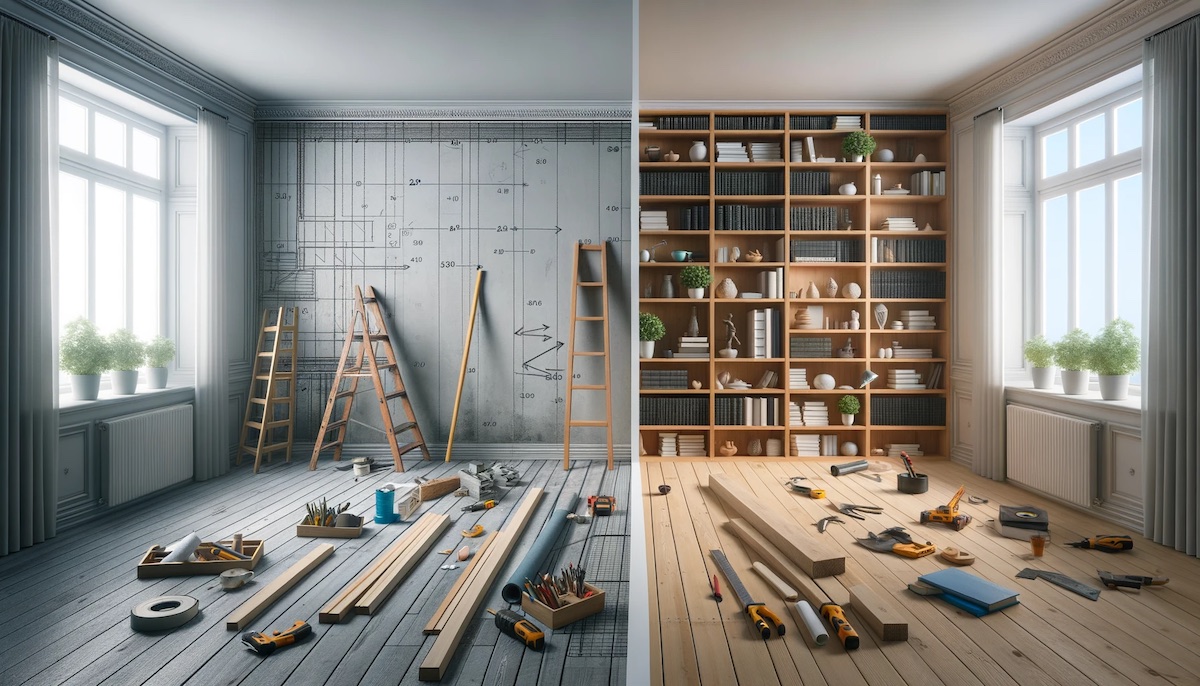
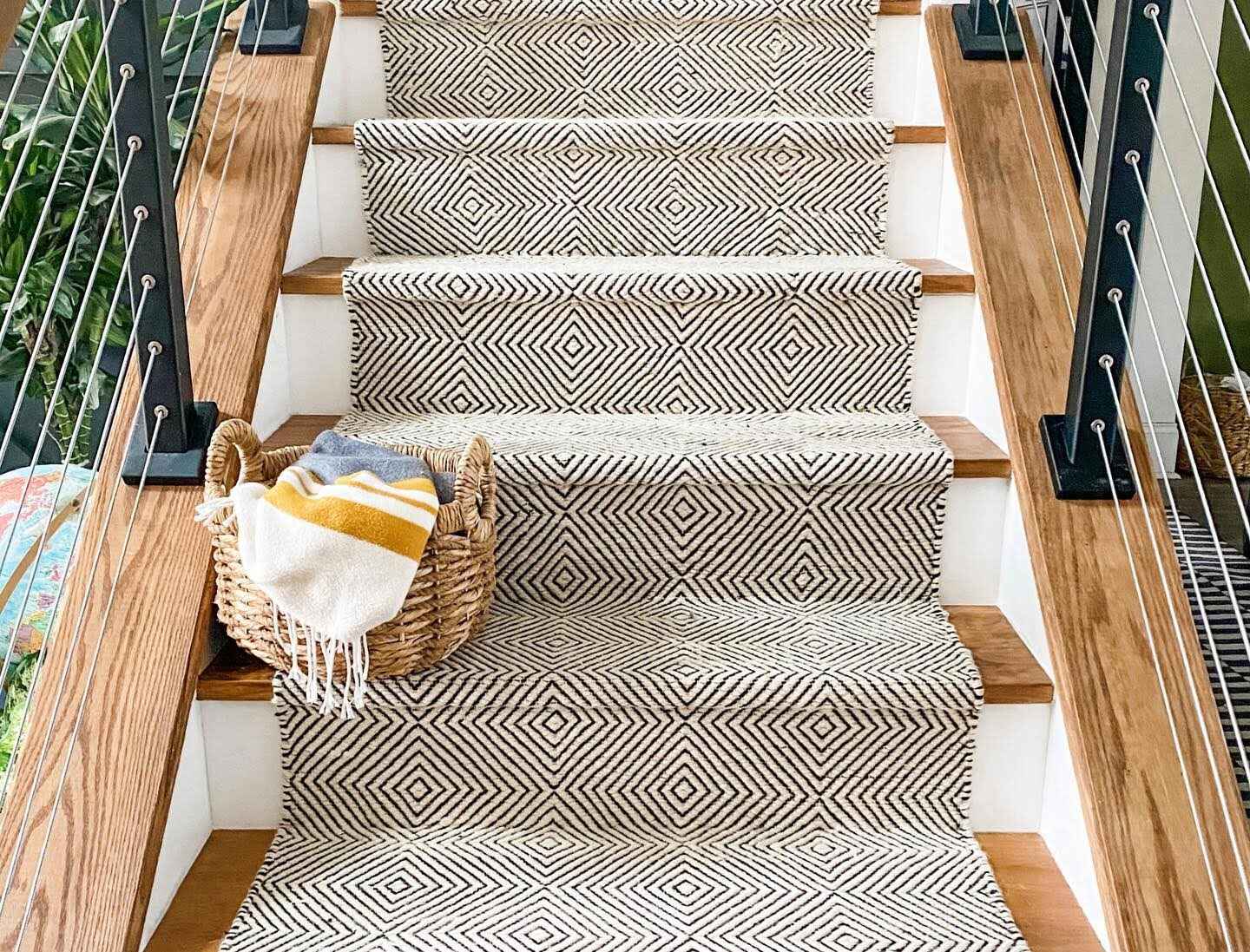
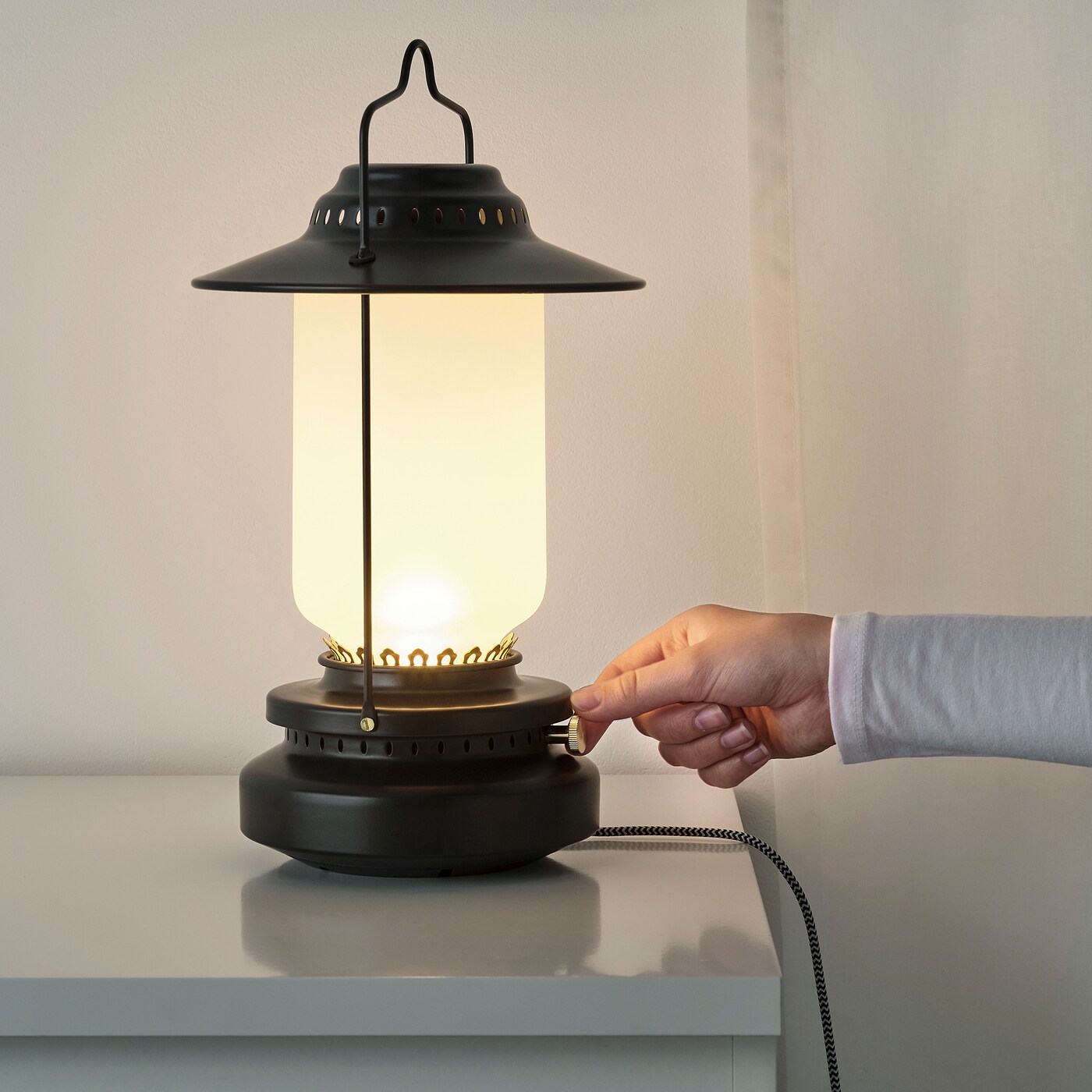
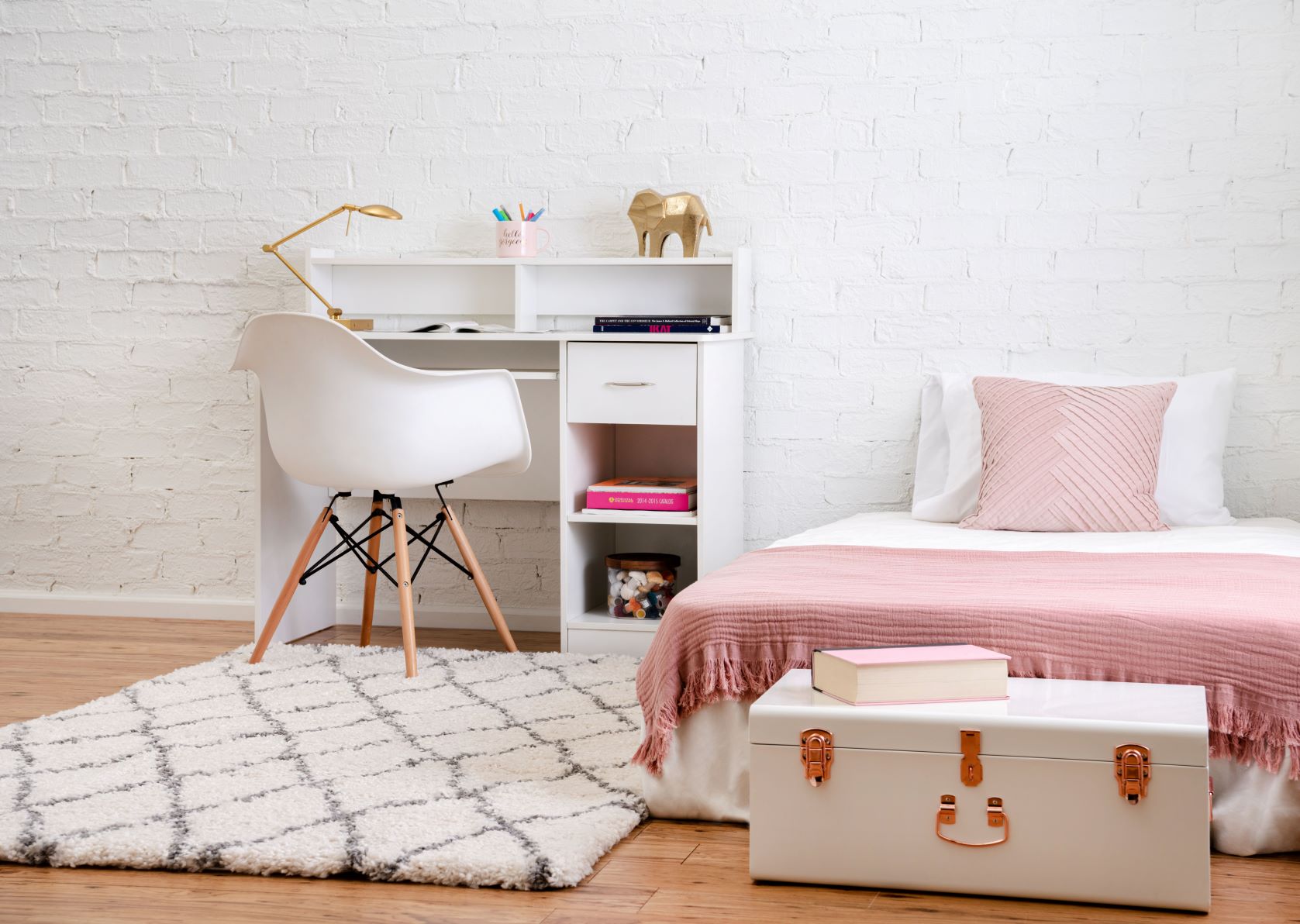
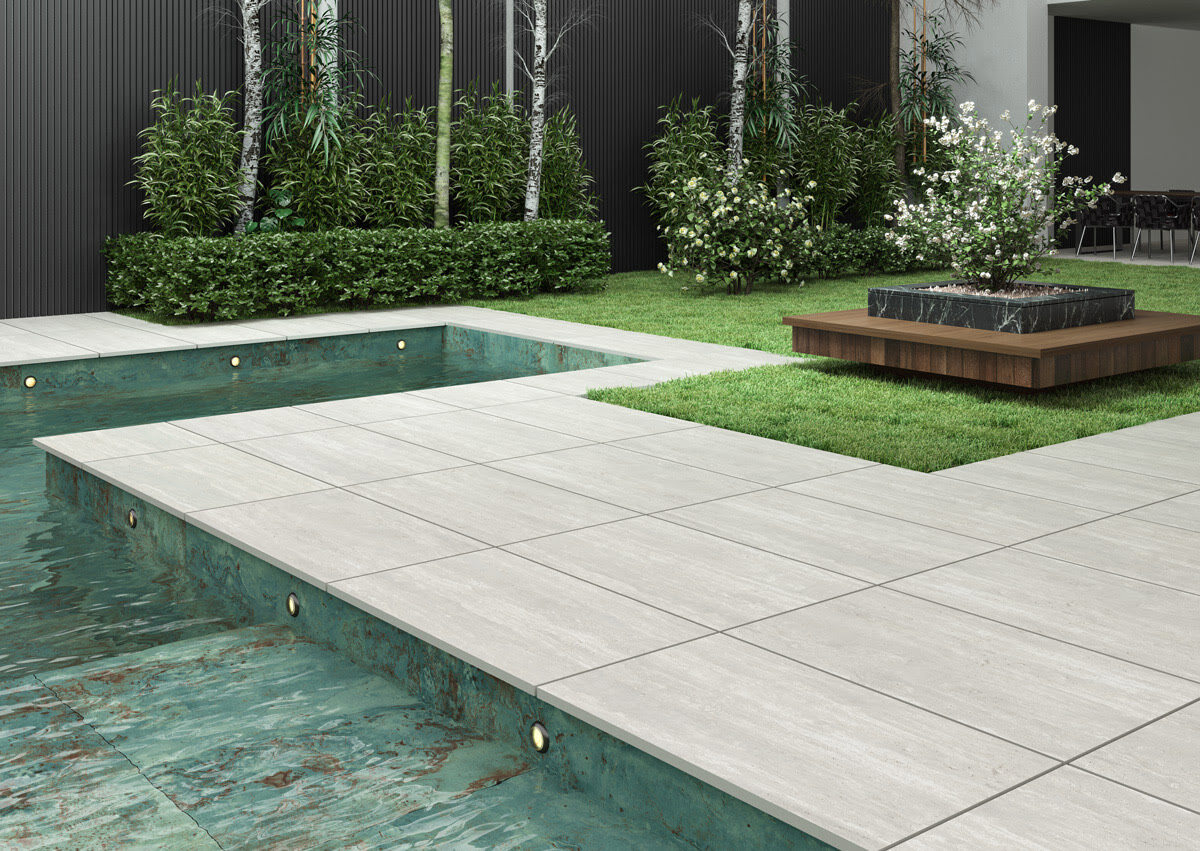

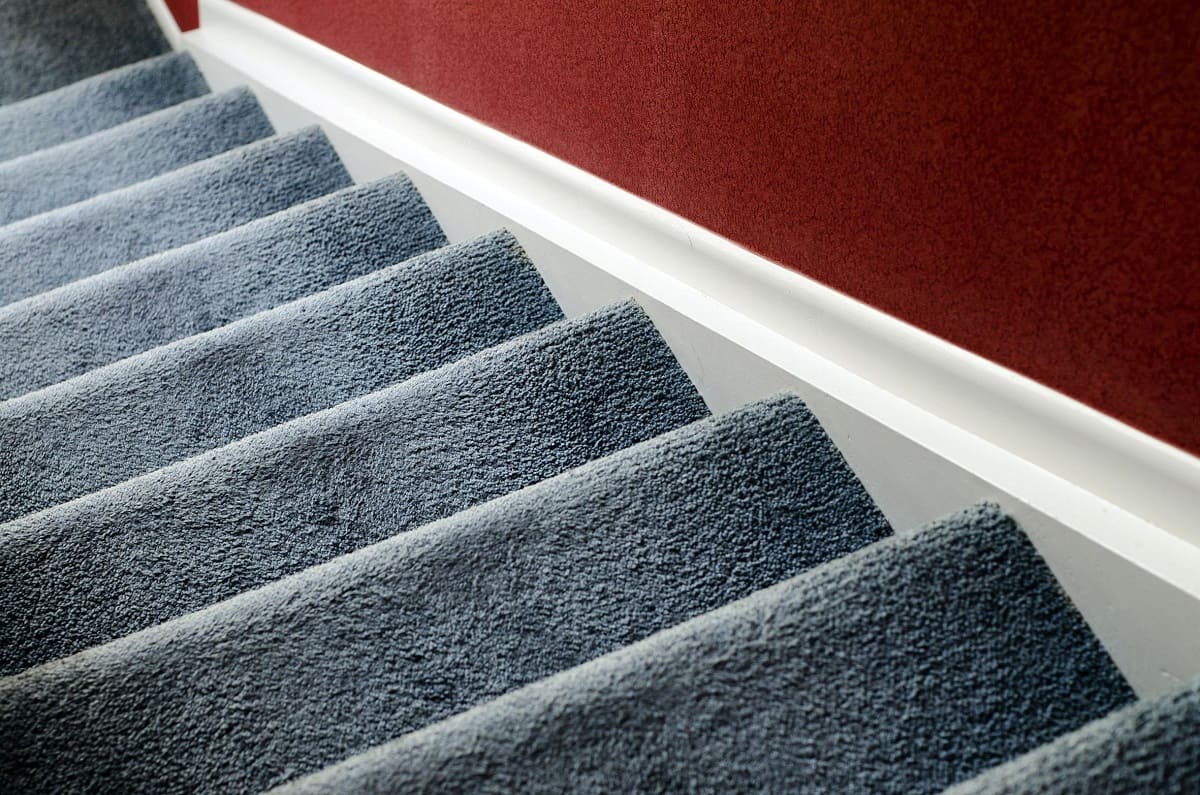
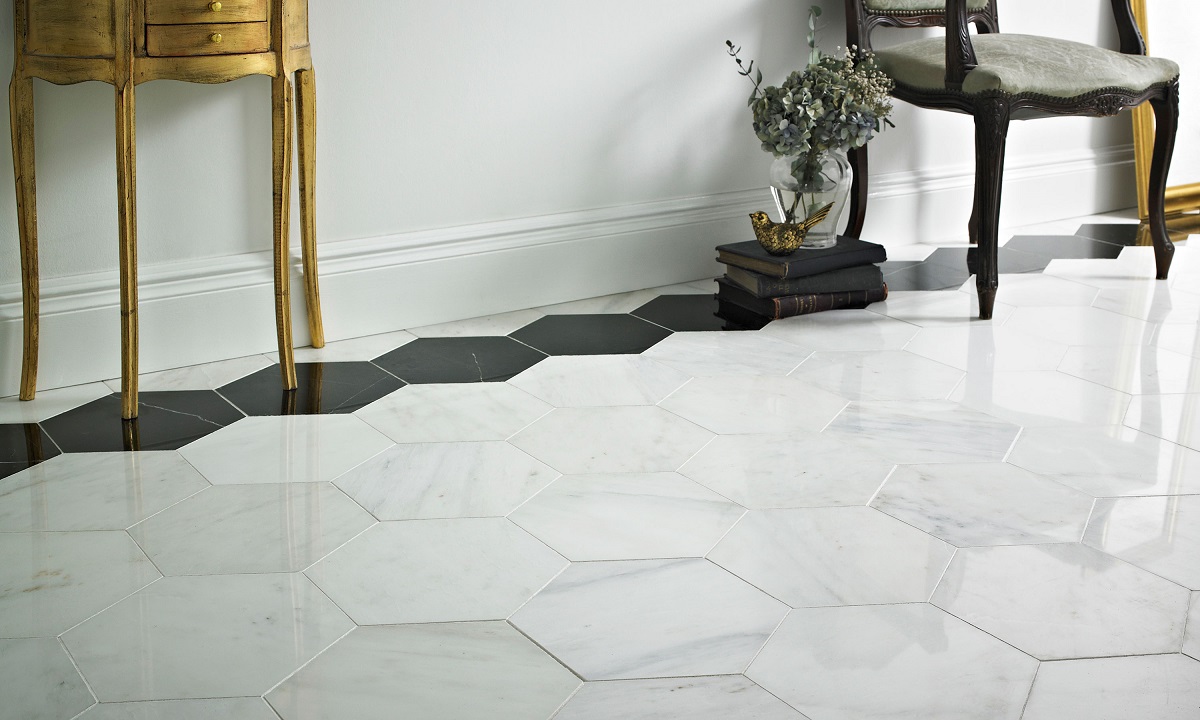
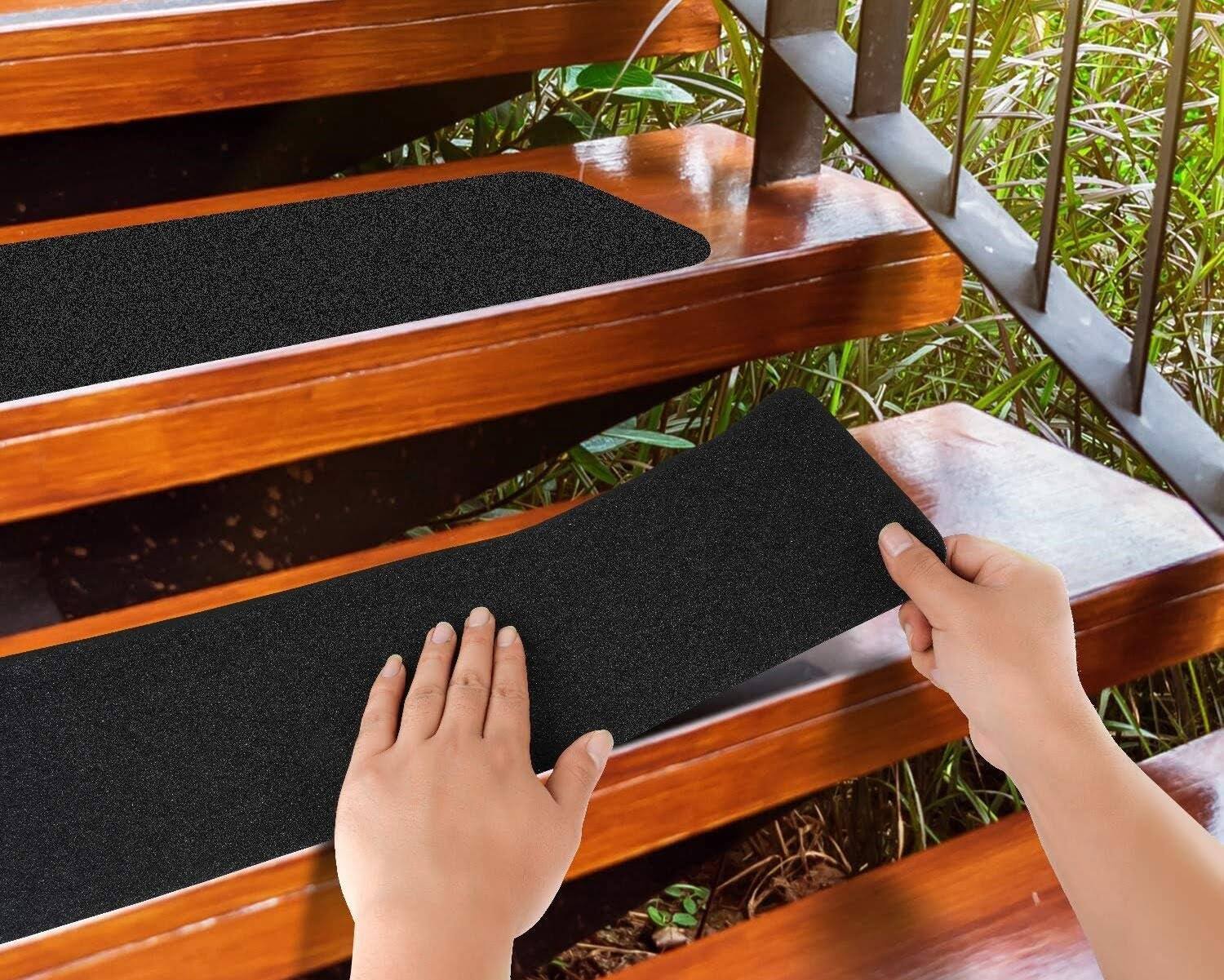
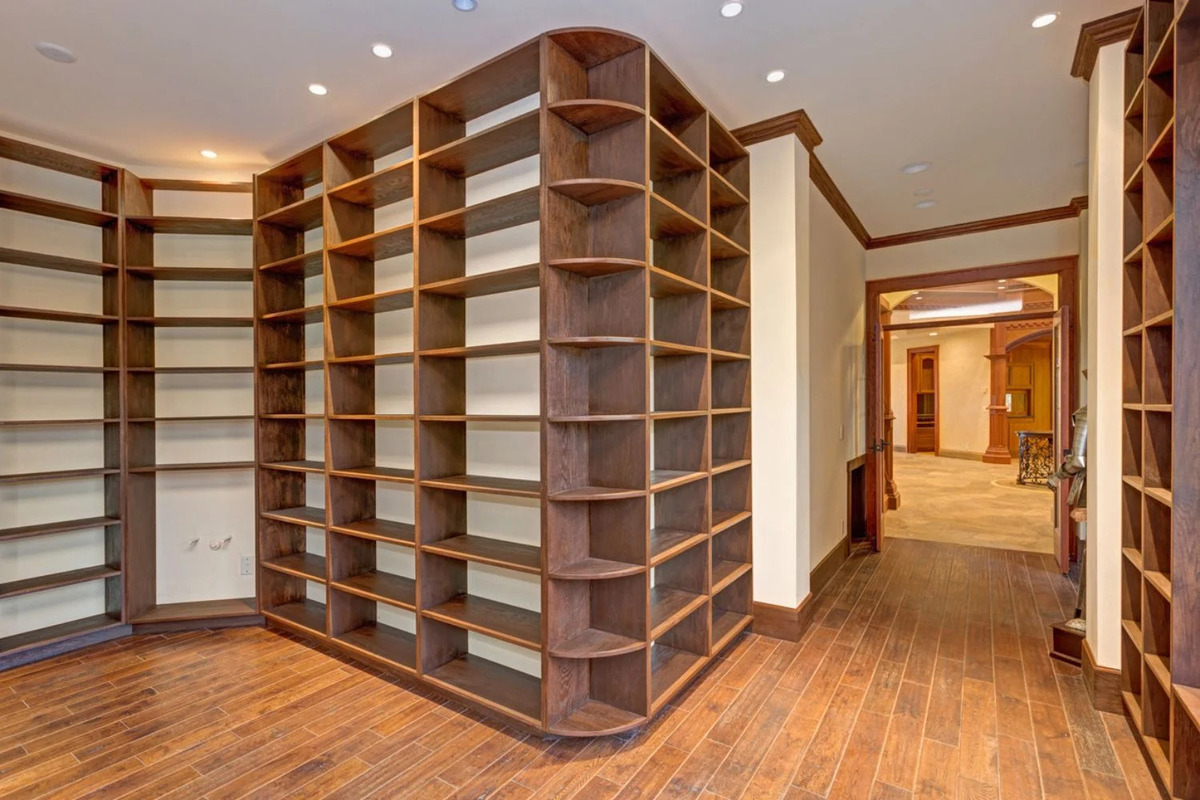
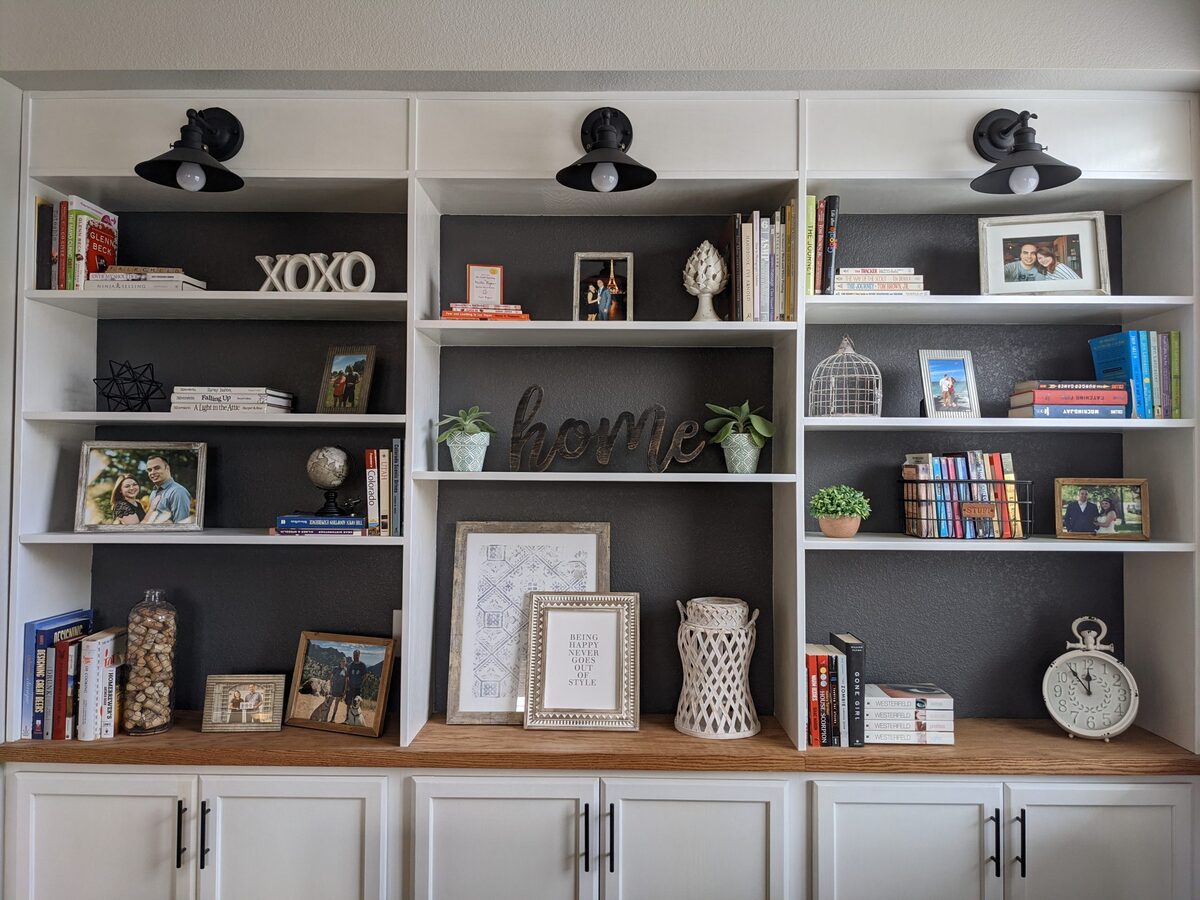
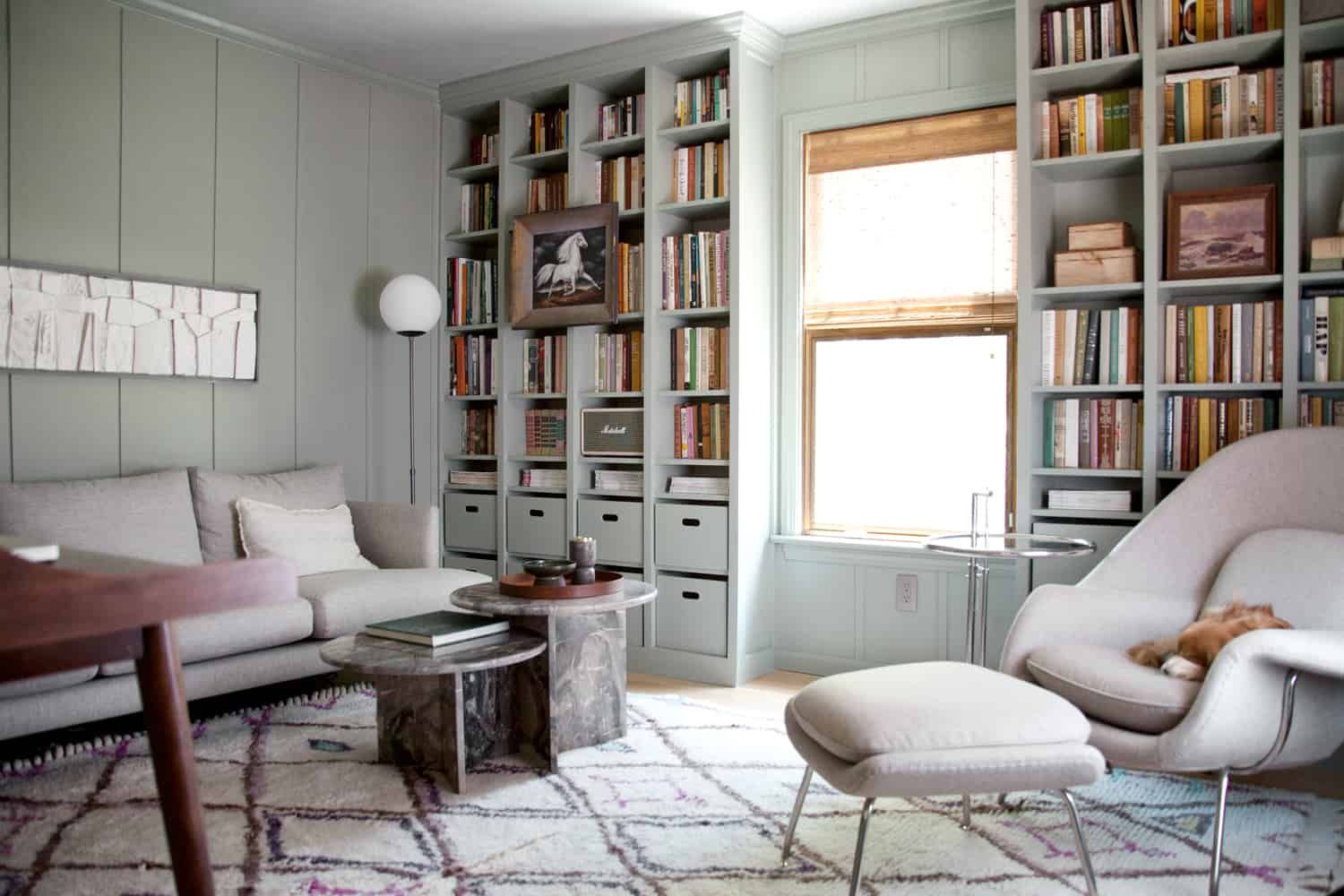
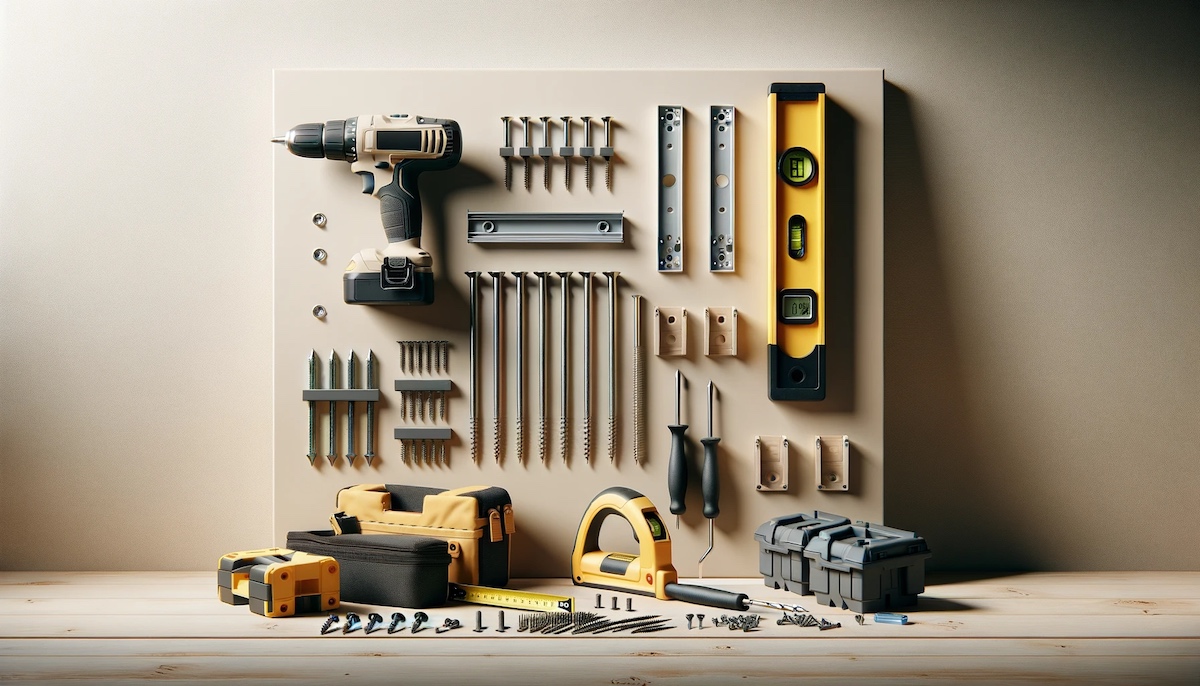

0 thoughts on “How To Make Bookshelves Look Less Cluttered”